Mysterious 5,000-Year-Old Spheres Discovered Throughout Great Britain Continue to Defy Explanation
Ancient stone spheres engraved with unique geometric patterns found throughout Great Britain continue to pique the interest of researchers who struggle to explain the original purpose of the mysterious artifacts.
Hundreds of these intricately carved stone balls have been discovered over the past few centuries, many of which date to the Neolithic era. Theories of their original use range from weapons to handheld devices for oral storytelling, yet to this day, the mystery has never been solved.
Archaeology Provides a Window to the Past
Archaeology provides a window into the past, and researchers can often produce a detailed analysis of a particular site or artifact after meticulously examining all of the evidence.

Source: Wikimedia
However, sometimes archaeologists have to accept that some mysteries cannot be solved despite a plethora of tangible evidence. One such mystery is a wide range of stone artifacts discovered from Stone Age sites in Britain.
Early Reports of Carved Stone Spheres
As far back as the 19th century, reports of unusual stone balls, sometimes referred to as petrospheres, began appearing in newspapers and academic reports throughout the United Kingdom.
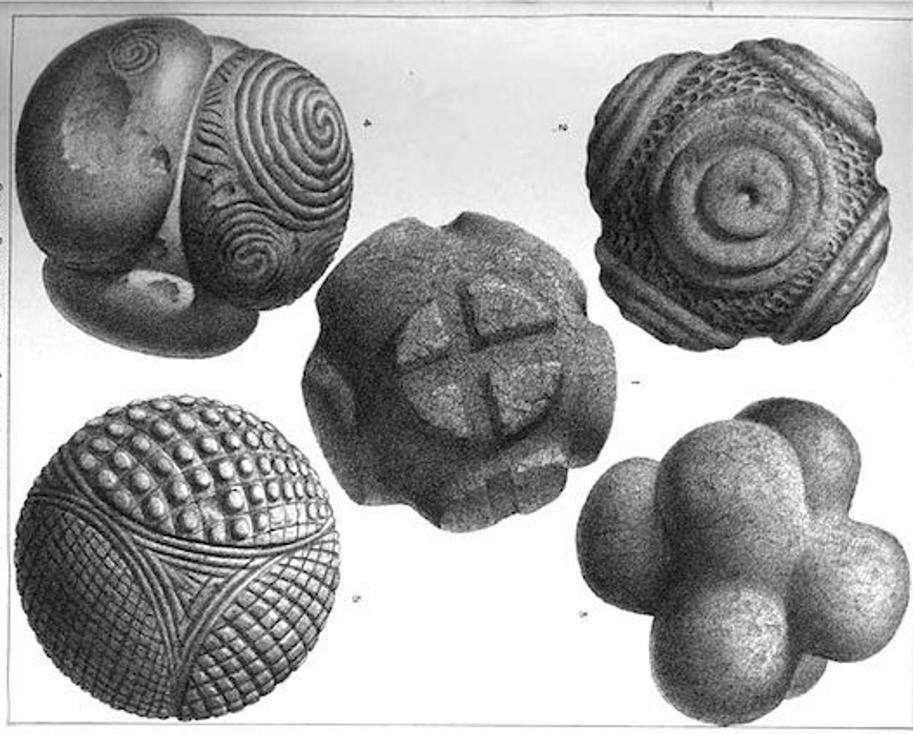
Source: JSTOR
Since then, over 500 of these captivating artifacts have been cataloged, each one unique in its shape and design. Some are adorned with circles and intricate lines, others with spirals and deep curves. A few even have unusual knobs that protrude like miniature pyramids, adding to the complexity of their mystery.
5,000-Year-Old Petrospheres
A significant number of stone balls, which can easily fit into the palm of the hand, have been discovered in Scotland, with the greatest concentration coming from around the Aberdeenshire area.

Source: Wikimedia
Researchers have proposed that many items were crafted during the Neolithic era, which suggests they are over 5,000 years old.
The Towie Petrosphere
One of the most fascinating examples is the Towie petrosphere, which was unearthed in the small hamlet of Towie, Aberdeenshire, on Scotland’s northeast coast.
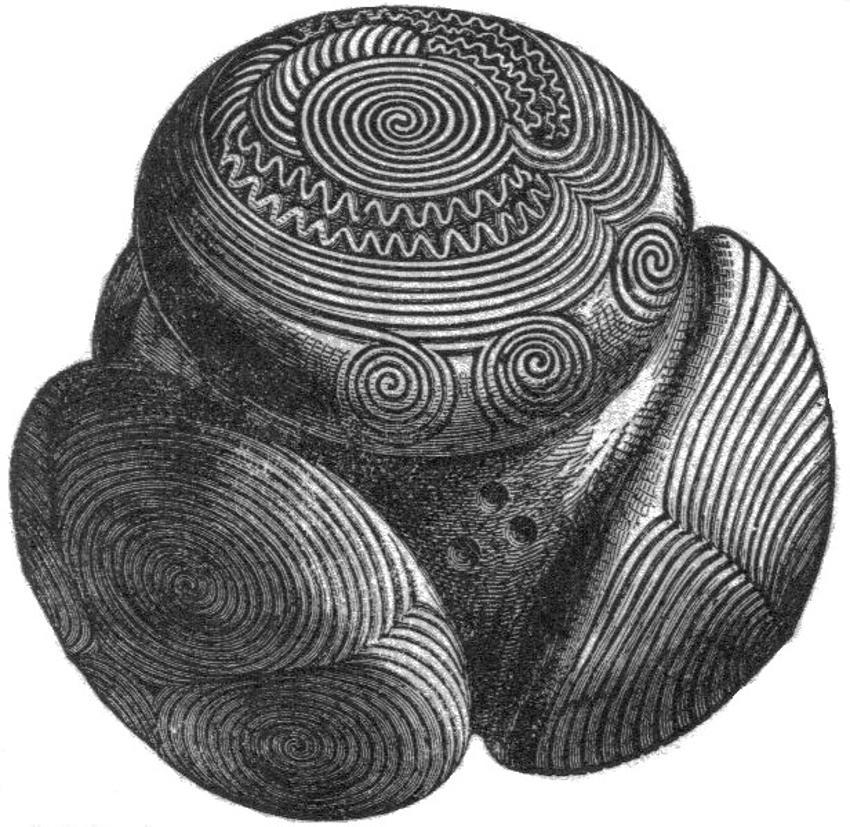
Source: Wikimedia
Discovered during the middle of the 19th century, this stone sphere is divided into four knobs, three of which are decorated with mesmerizing rings, spirals, and dots.
Scotland’s Petrospheres Have Been Unearthed at Varying Locations
Despite the extensive number of these mysterious petrospheres, researchers’ opinions vary regarding their original use.
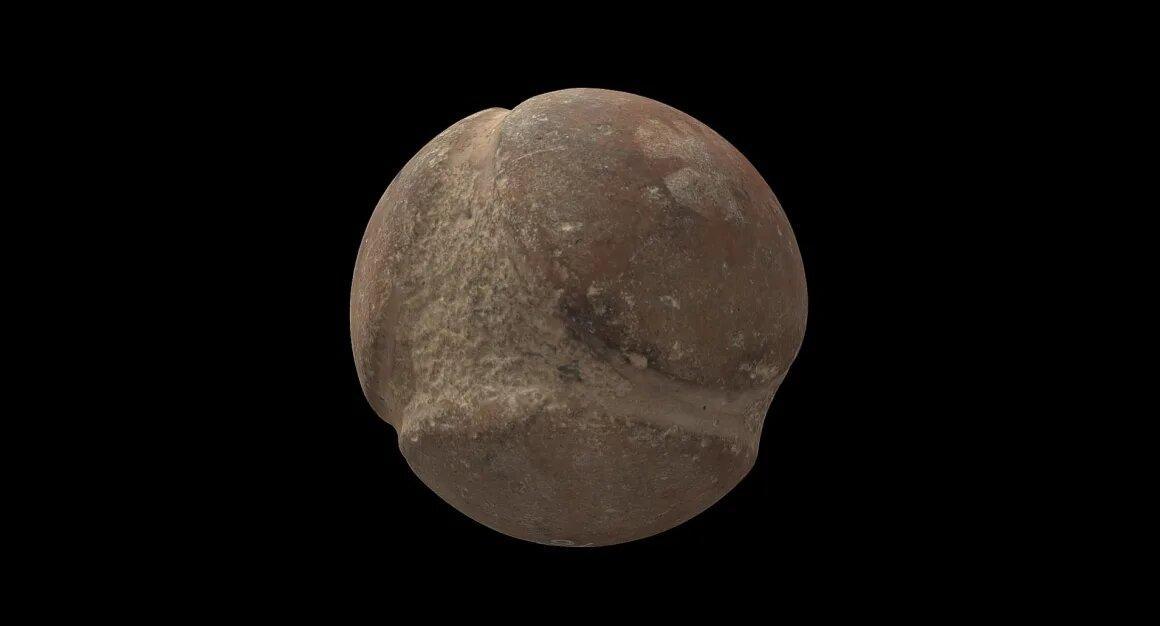
Source: National Museums Scotland
Natasha Harlow, a research fellow at the University of Nottingham’s Department of Classics and Archaeology, explains the location of their discovery ranges from settlements to burial sites, adding they are “Rarely, if ever, identical and most are found alone, so don’t seem to have been part of a set.”
What Were the Stone Spheres Used For?
With no credible evidence to detail the functional use of the spheres, if any, researchers are faced with the challenge of proposing their own theories to unravel this ancient mystery.
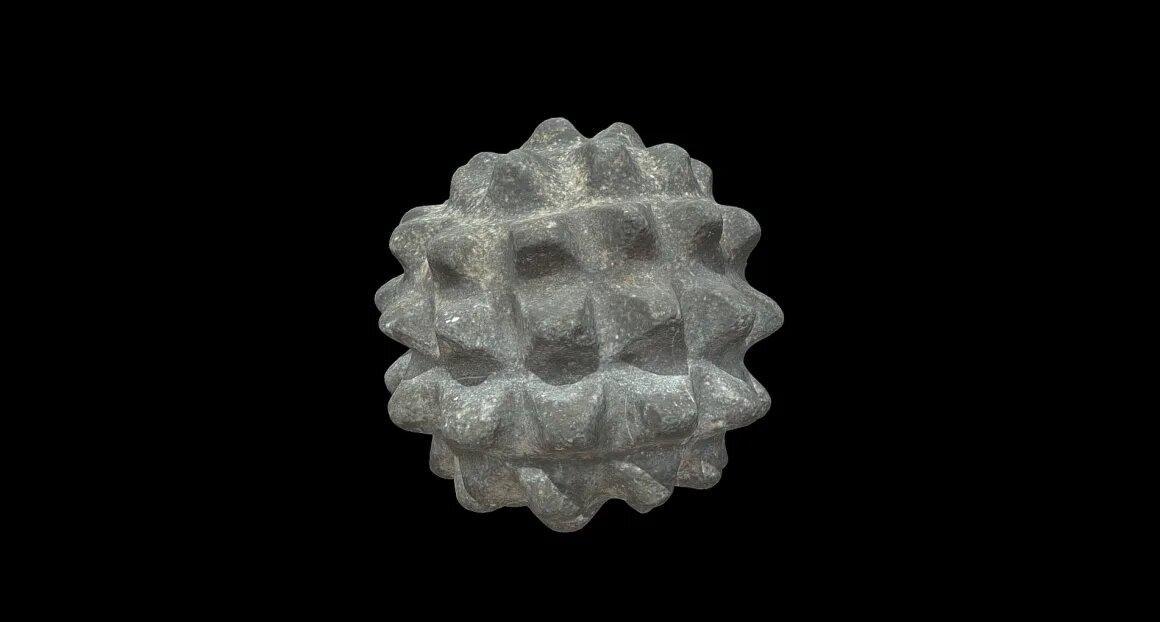
Source: National Museums Scotland
One idea proposes that they may have been used as primitive weights or to weigh down fishing nets. But if so, why were the balls so intricately carved? This has led some to suggest there’s a much deeper meaning to their creation.
A Tool to Aid in the Retelling of History
Lynne Kelly, an author from Australia, has pushed a fascinating theory that suggests the petrospheres were “memory devices” that were employed as mnemonic aids that could help the ancient bards during their oral retelling of history.
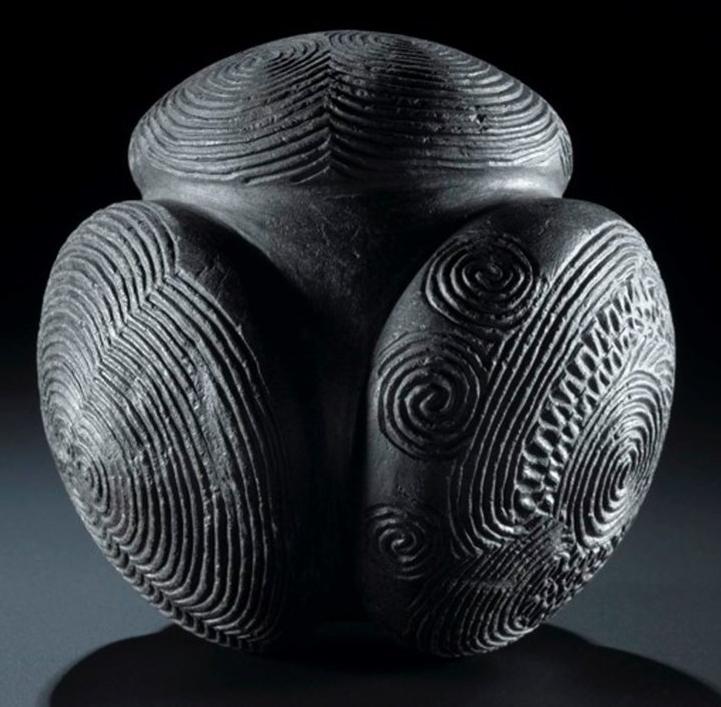
Source: National Museum of Scotland
In this regard, Kelly suggests that the stone spheres were used in a similar manner to the rock art and surroundings utilized by the Aboriginal groups of Australia during their storytelling.
Curator of Scottish Museum Proposes the Petrospheres Were Weapons
Hugo Anderson-Whymark, curator of National Museums Scotland, proposes the stones were simply weapons, explaining, “It is perhaps best to think of them as ceremonial or stylized weapons.”
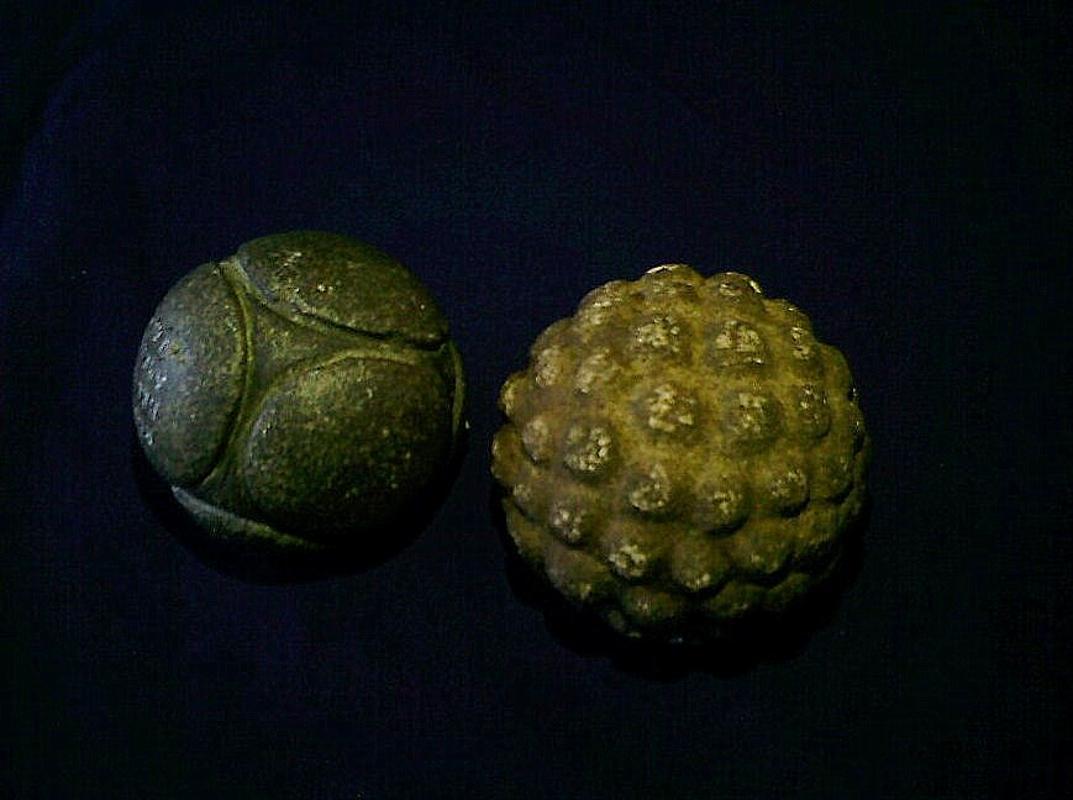
Source: Wikimedia
“Things that could inflict damage if you wanted to use them, and may in some circumstances have been used that way, but are more likely to be objects which represent the status or power of the individual that held them in that community,” he added.
Could The Petrospheres Have Been Astronomical Tools?
A few of the stone spheres have been discovered close to sites bearing astronomical alignments, such as the examples from Skara Brae, which lie in the vicinity of the Standing Stones of Stenness and the Ring of Brodgar.

Source: Wikimedia
This has led some researchers to suggest that these tiny artifacts may have had a functional use centered on following the movement of celestial bodies. However, to date, there is no evidence to confirm this theory.
Scientist Scans Dozens of the Stone Balls
To better understand these mysterious objects, Anderson-Whymark has conducted 3D scans of over 60 examples, which have been shared online for anyone to observe.
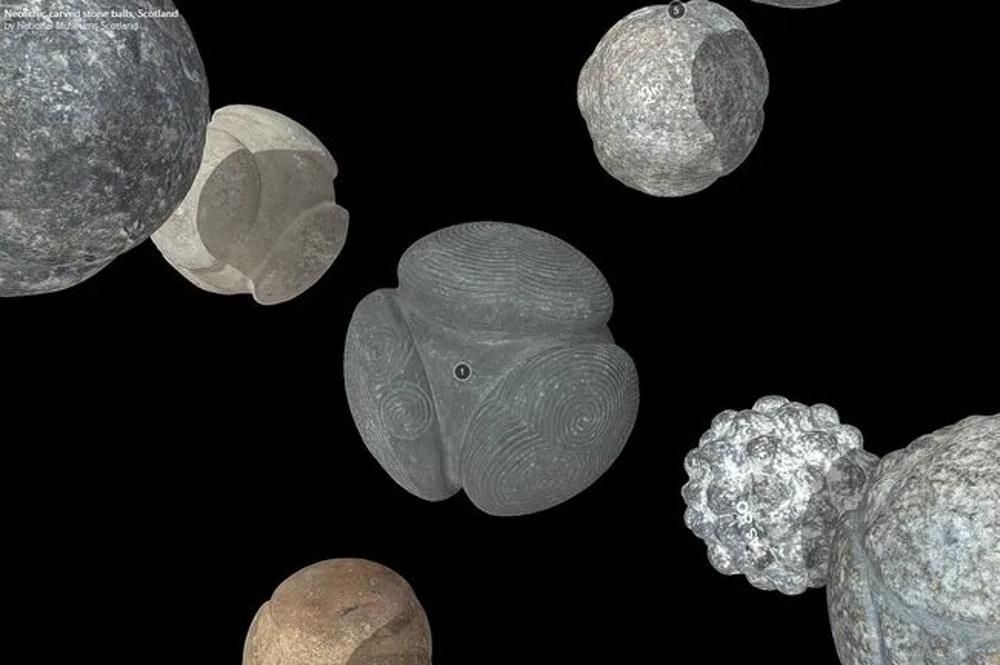
Source: Wikimedia
“Actually, being able to see them in virtual reality is hugely valuable,” Anderson-Whymark told CNN. “It allows us to see some fine details which we didn’t spot before. There’s one of them that has concentric lines on the circles, and no one had ever seen that before and it’s been in our collection for well over 100 years.”
Reworking of the Scottish Petrospheres
The carved stone sphere’s original purpose continues to elude researchers, and their enduring mystery might never be solved. Nonetheless, according to Anderson-Whymark, the 3D imaging revealed some of the spheres were reworked over time.
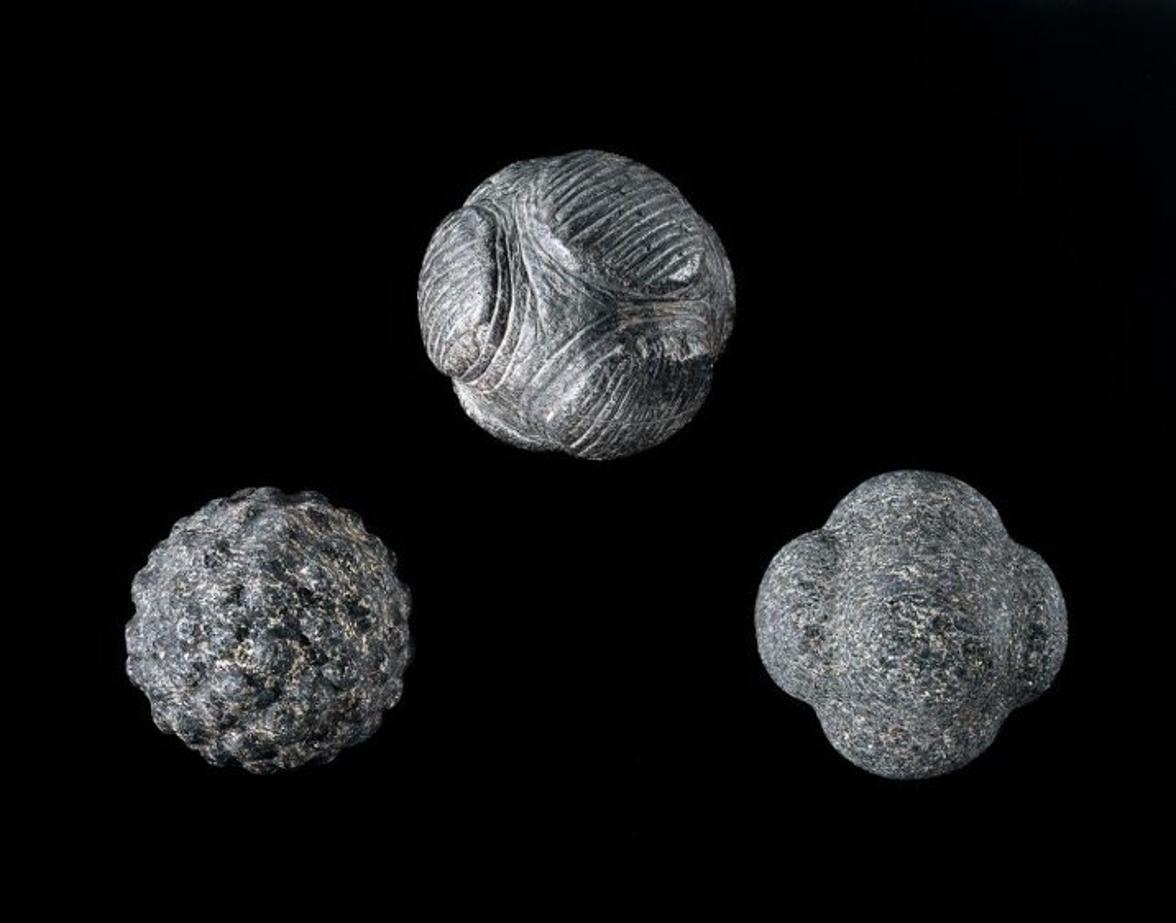
Source: British Museum
He added, “It’s allowing us to explore that bigger story of how they were made and how they developed, which is potentially going to tell us more about that bigger theory of how they were used.”
